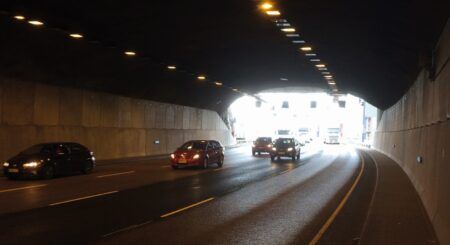 Every 1.3 years more citizens die on US roads than did US servicemen in the entire Vietnam War – it is time the nation woke up to this scandal. In this opinion piece, Dan Reider, a mechanical engineer and a principal in the engineering firm Buford Goff and Associates, located in South Carolina, USA, focuses on ways in which lawmakers and technology providers can help reduce the high rate of unnecessary traffic accidents, injuries and deaths.
Every 1.3 years more citizens die on US roads than did US servicemen in the entire Vietnam War – it is time the nation woke up to this scandal. In this opinion piece, Dan Reider, a mechanical engineer and a principal in the engineering firm Buford Goff and Associates, located in South Carolina, USA, focuses on ways in which lawmakers and technology providers can help reduce the high rate of unnecessary traffic accidents, injuries and deaths.
There are a number of issues that transcend political, gender, race, religious and economic differences in today’s American society and others around the Western World. One such issue is traffic injuries and fatalities. We are all aware of the causes of most automobile accidents but have seen very little progress over the past few decades in reducing driving fatalities in countries like the United States. While it would be unrealistic to think it would be easy to reduce the high number of traffic accidents and fatalities each year, there are ways that have been discussed for some time now among various concerned citizen groups which they believe could save many lives without any significant changes to the way in which most of us get around in our vehicles.
Growing up as part of the baby boomer generation in the United States, we were reminded constantly of the number of soldiers killed in Vietnam each week. The outrage was present no matter where you went – school, work, parks, etc. – towards what many felt were senseless or at least unnecessary deaths. While we can not exactly compare the deaths in a very unpopular war and the deaths on roads and highways, the consequences of a death to family and friends is pretty much the same in each case. Why then was there such outrage towards the 58,000 US servicemen killed in Vietnam during the 10+ years of that war and seemingly very little outrage towards traffic deaths which are occurring at about 2/3 the rate of the Vietnam war but are occurring at that rate each year in the US? On some level there should be outrage that more is not being done to reduce traffic deaths – especially since we have some of the technologies to do so.
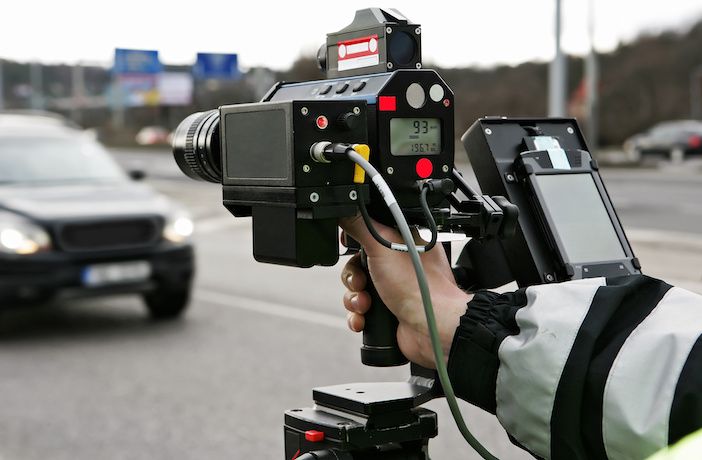
Speed enforcement
One such suggestion is one where people would be required to drive closer to the posted speed limit. Whether that is 5mph or 10mph over the posted limit is up for discussion as most, but not all, agree that acceptable driving speeds are not 20mph over the posted limit. Asking drivers via public service announcements on television and radio to obey traffic laws in the US has obviously not worked. Some drivers believe the speed that they should be able to drive is the speed at which they personally feel safe driving. We see these drivers driving on the highways every day driving 15mph, 20mph or more over the posted speed. Their opinion is that if they wreck and kill themselves that it is their own fault. It is hard to understand why those drivers don’t seem to understand that sometimes they are not the ones in the wreck, but they are possibly the cause of the wreck. Somehow, they don’t seem to understand that weaving in and out of traffic at high speeds, not using turn signals, running up on top of a driver and other practices we all see on the roads every day could easily lead to the cause of the accident without them actually being involved in the accident. No amount of public service announcements has or will change this to any substantial degree.
Some insurance companies now offer incentives to drive better meaning to drive more within the posted speed limit. While these programs are aimed at supporting safe driving habits, I have got to believe that most of the drivers participating in these programs were drivers already driving closer to the posted speed limits and not currently driving significantly over the speed limit.
Now why is fast driving prevalent almost everywhere throughout the US without almost no fear of any consequences? In talking with law enforcement, the response I get is that law enforcement is doing the best that they can with the limited staffs that they have to enforce speed limit laws. While most of my daily driving is on the roads of the Carolinas and Georgia (southeastern US), I can assume many other states are similar where it is rare to see the highway patrol with a car pulled over for speeding. I know that vehicles do get stopped for speeding but the number is such a small, almost insignificant, percent of all the speeding drivers.
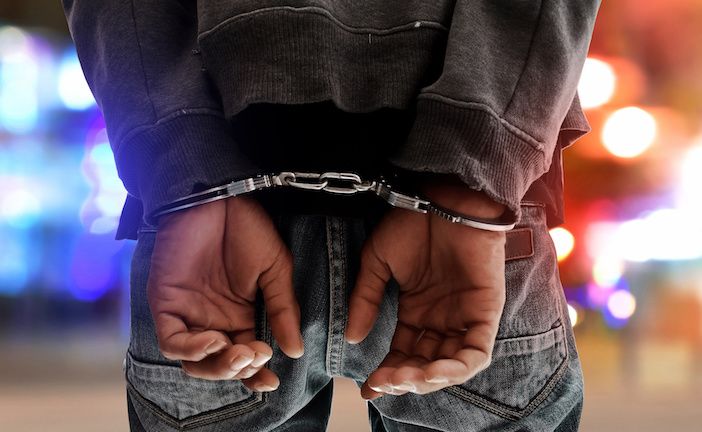
Tougher penalties
While asking drivers to drive slower, use turn signals, slow down at yellow lights, actually stop at stop signs, etc. is a necessary step, this is clearly not working and the public service announcements cannot be the sole answer to this problem. Unfortunately, there are many behaviors these days which are only changed where there are significant consequences. If, for example, an action has a negative impact on one’s finances, it has been shown that there is often, but not always, a change in the behavior which caused the financial loss. People in their normal lives have to deal with this all the time- increased insurance rates for smokers, increased automobile rates for drivers with bad driving records, higher interest rates for loans for persons with bad credit ratings, etc. While the financial penalty is already in place for drivers stopped for various driving violations, there is no way the majority of the driving violations we see every day are being adequately assessed to violators due to the lack of sufficient law enforcement throughout the United States. Without adequate law enforcement, a deterrent, and perhaps the major deterrent, to speeding has been removed. But what if something could be done with the current level of law enforcement available? What if we already have the technology to help people understand that there are consequences to driving far above posted speed limits? One such scenario has been discussed for a number of years by various parties but does not seem to be gathering much momentum.
Assume that you are driving to work at 7:30am one Monday morning driving 80mph where the posted speed was 60mph. You get to work and settle in for a typical workday. Three days later you open your mail and you have a ticket for $250 and a link to a short video clip. When clicking on the video link, there is a 5 second clip of your vehicle at 7:30am that past Monday morning with a radar image showing 80mph in a posted 60mph zone. You wonder when and how the video was taken, by whom, and how they knew it was your vehicle. In this scenario, the law enforcement officer was driving an unmarked vehicle equipped with a high-quality video camera linked to the law enforcement’s data base. A software program would pick up the license tag as well as capture a short video of the vehicle listing the posted speed and the actual speed detected by radar if the vehicle was driving more than the allowable speed over the posted limit. Simultaneously, the software program would access the highway department’s data based to determine who was the owner of the vehicle and that person’s address. The program would automatically prepare the letter to send to the owner of the vehicle along with the appropriate link to the video clip should the owner want to see the reason for the ticket. A similar approach being considered in the United States, and already implemented is some other countries, makes use of cameras at fixed locations. There are pros and cons to this system of enforcing traffic laws as well.
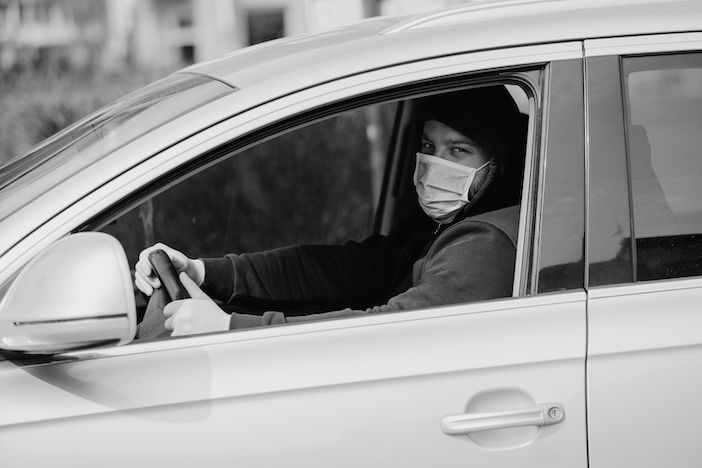
Driver ID
The biggest complaint to this method of ticketing owners for their vehicle driving above acceptable driving speeds is that the driver at the time of the violation is unknown. It could be the owner, a family member, or friend. The owner conceivable could argue that the vehicle had just been stolen. Since the driver of the vehicle is unknown, one would say how could you send the ticket to the vehicle’s owner without know who the driver was? This is a valid argument but, except for the very unusual case such as the owner saying the vehicle had just been stolen, the owner of the vehicle would typically know who was driving the vehicle. The owner would then have to decide who was responsible for paying for the fine if they were not the one driving. And, since the driver of the vehicle could not be verified by law enforcement, no points against anyone’s drivers record could be assessed unlike when there is an in-person traffic stop.
To understand better how beneficial such a process could prove to help ultimately slow down traffic to acceptable speeds, I played the role of the unmarked law enforcement official. I drove in the afternoon traffic on highways around the Columbia, South Carolina area. In a 40 minute period, I was passed by 15 vehicles going 15mph, 20mph or faster above the speed limit. If the proposed ticketing system were in place, in the 40 minutes, $3750 in fines would have been issued by that one law enforcement vehicle. Compare that with how many traffic stops could have been made in that same 40 minute timeframe if the officer had to actually stop the vehicle, have them pull off to the side of the road and then write an actual ticket at the time of the stop. Keep in mind that the ultimate goal is not collecting fines from speeders. The goal is to have drivers slow down to acceptable speeds. Perhaps the future driving speeds of all 15 drivers receiving tickets in the above example might be reduced in the future to more acceptable speeds. If that happens in enough cases, maybe some or many accidents and highway deaths could be avoided.
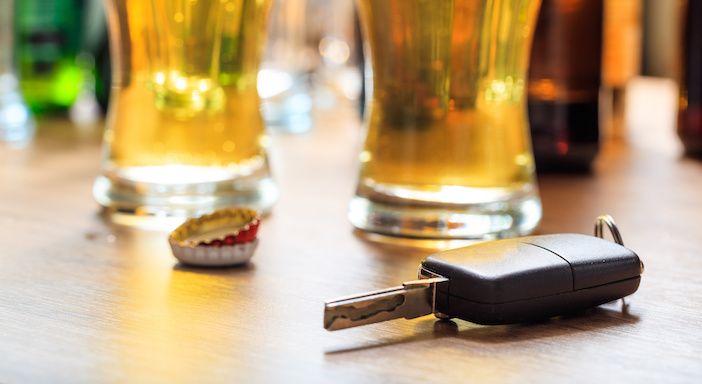
Stop drink driving
Another cause of traffic deaths, and maybe the highest single cause of fatalities in the US, is from drinking and driving. Some proponents, including myself, believe that one great benefit from automatic driving vehicles is that the vehicle’s occupants are equally as safe whether the persons inside the vehicle are mentally or physically impaired or not. Many believe that the future of driving is the automatic driving vehicle just as we are now seeing the electric vehicle as the next big change to the automobile industry. While it is true that if the automatic driving vehicle becomes a reality one day and the sobriety of the person or persons in the vehicle will have no bearing on whether the vehicle would ever be involved in an accident or not, the timeframe for such a complete overhaul of the automobile industry is not really in the foreseeable future.
So what can be done until automatic driving vehicles become a reality? I have tried to discuss possible alternatives with such US organizations as Mothers Against Drunk Driving (MADD) and others. While MADD and the other organizations dedicated to help reduce or eliminate the problem of intoxicated drivers have done tremendous things to bring awareness of the problem of drunk driving, it has been frustrating to many of us that these organizations have not pushed for additional measures to further help address the issue of impaired driving using modern technology. Everything that these organizations have done is great, but more can and should be done without wasting any more time.
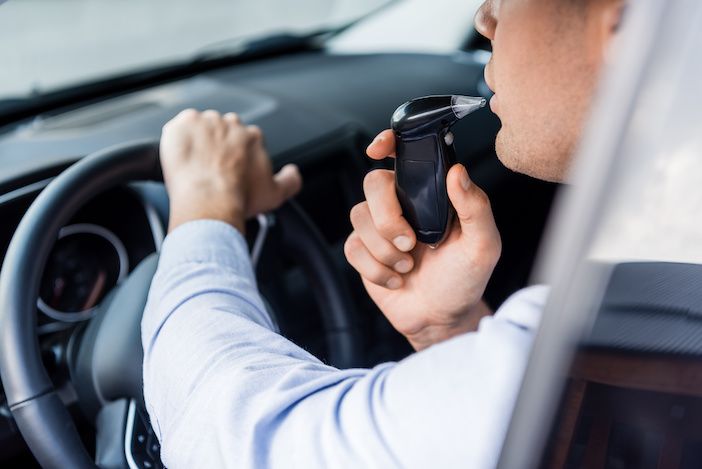
Lock out drunk drivers
There are a number of technologies available to lock out the ignition of a vehicle if the driver is impaired. These range from retinal scans to breathalyzers and other technologies. While these technologies can be installed in a vehicle and are sometimes required by law in the United States if a driver has been convicted of certain violations, they are otherwise voluntary accessories which can be added to the vehicle if wanted by the owner. I and others recognize that mandating that every driver have these technologies installed in their vehicle and must be used to prove the driver is not impaired in order to operate the vehicle would be a very unpopular requirement.
While it would undoubtedly save many lives, right now it appears that this requirement to operate a vehicle would face a lot of resistance. However, the approach I and others want to take is slightly different. It may prove almost as unpopular but maybe not. Maybe the public has seen and heard enough, thanks to MADD, local new reports and others, of the horrific details of crash after crash that just maybe the public will accept an alternative approach to this issue. What if instead of mandating the interlocks be installed and used in every vehicle before a driver could start a vehicle, the mandate was that the interlocks be required to be installed by the manufacturer, but the actual use of the interlock was strictly up to the owner? If an owner chose to activate the interlock, their insurance company would make the appropriate adjustment to the cost of the automobile insurance.
Take another scenario such as a parent who has a teenage son or daughter who drives one of the family’s vehicles. As that son or daughter leaves home for college, work, etc. and is still driving the vehicle owned by the parent, the parent has the choice to activate the interlock or not. What choice do you think many or maybe even most of the parents would choose for the teenage son or daughter going off to college?
The idea here is to mandate that the automobile manufacturers be required to provide the technology in the vehicle but to allow the owner to decide if they wanted to activate the technology or not. Many owners undoubtedly would activate the technology if only to save on insurance. Others would activate the interlocks just because it was the best and safest thing to do for them and society. How many injuries and deaths could be saved each year? Not sure why we can’t seem to get some of these national organizations behind this concept where the technologies are provided with the vehicle but the individual decides if they want this activated except where otherwise required by the courts for certain individuals.
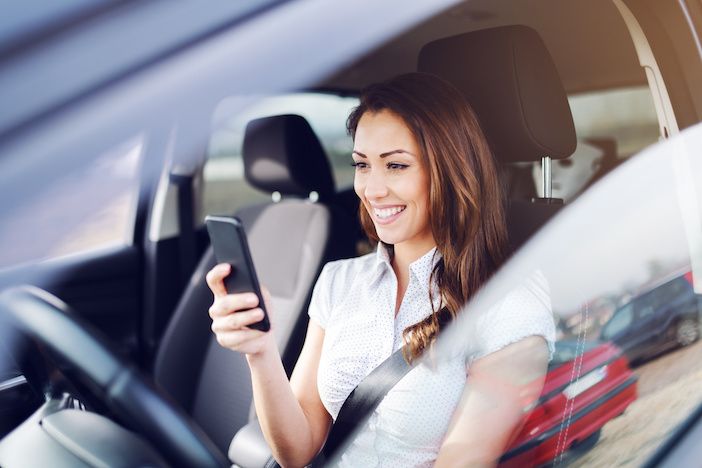
The danger of mobile phones
Over the past 20 or so years, a new habit has impacted the ability of many drivers to drive safely. That is, the use of cell phones when driving. Before this time, there was no such thing as talking on the phone, dialing, texting, or checking social media while driving. More and more States throughout the US are passing laws making texting or use of handheld devices illegal while driving. While these laws may make this illegal and these laws may reduce this behavior in some areas and at certain times, it does not do much to eliminate the problem.
I know this is only one example but exemplifies what I believe we are dealing with. In Columbia, South Carolina, I work out several days a week at the local YMCA located on Bull St. Bull St. is one of the main thoroughfares running through Columbia. While running on the treadmill I have a good view of traffic while people are leaving work around 5:30 or 6:00pm. I would estimate that 20% to 25% of drivers pull their phones out to check something each time stopping at the traffic light outside of where I am working out. I would also estimate that while driving, 10% to 15% of the drivers are holding their phones while driving. While I can not tell what those persons are doing holding their phone, I believe that not all are just have a phone conversation. It is just as likely that some are in the midst of texting or just checking social media. Also, my observations are based upon a vehicle with only one person- the driver- in the vehicle. Drivers in vehicles with at least one passenger don’t seem as inclined to be using their phone while driving.
Again, there is technology which can help solve the problem of drivers using their phones in a manner where they are putting themselves and others at risk of having a driving accident or causing an accident. Other than the ability to receive or make a phone call or using a driving ap (Maps, etc.) there is no reason for the driver’s phone to be active for texting, checking social media, or otherwise searching the web while a vehicle is going over a certain minimum speed and within a certain distance of the driver’s seat. As technology becomes better and better, phones have the ability to provide programs, music, etc. similar to “Alexa” which many of us have in our homes. If the technology placed the phones in such a mode when within a close distance to the driver, that would eliminate many of the reasons, but not all of them, for drivers to hold phones while they drive.
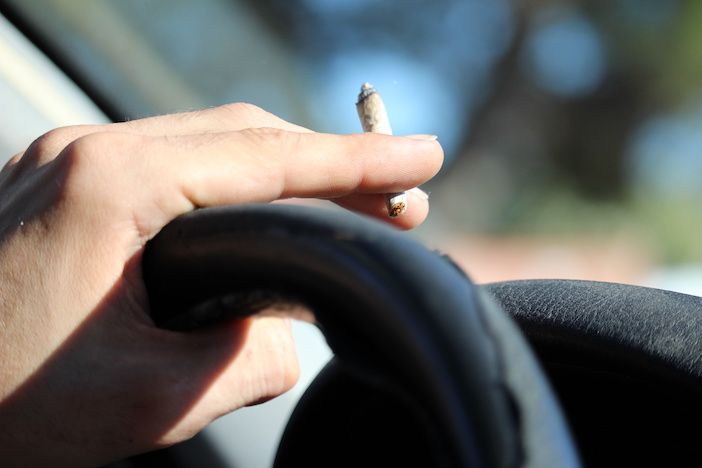
Driving while high
If all the issues stated above- driving too fast, driving while intoxicated, or driving and texting- could be addressed, there is still one last problem for which there does not seem to be an easy solution, at least not that I am aware of. Several times a week while driving in local traffic in South Carolina, I sometimes get a strong whiff of someone in a vehicle close by smoking pot.
When asking others about this, they express that they experience the same thing from time to time. It seems that as more and more States in the US legalize marijuana, either for medicinal reasons or for recreational use, more and more people are driving with a little buzz or maybe more than a little buzz.
While driving stoned may not currently be a bigger issue that drinking and driving, in a recent poll persons aged 20 to 50 were asked which was their preference- drinking or smoking pot. The result indicated that the number of persons preferring to smoke pot was still less than those who preferred to drinking- 60% to 40%- but there is definitely a steady increase in those who prefer to smoke pot.
I assume that there might be technologies to prevent one from starting a vehicle if sufficiently stoned, similar to what is currently available to prevent a vehicle from starting if the driving has been drinking, but don’t know exactly what that technology is, how costly it would be to implement, and how receptive the public would be to require such a technology be provided on each vehicle. Maybe it might be a simple retinal scan or some other relatively simple technology but whatever it is, the technology to prevent someone who is stoned from driving needs to be seriously considered. Again, it could be required to be provided on the vehicle from the manufacturer but its activation would depend upon the owner of the vehicle.
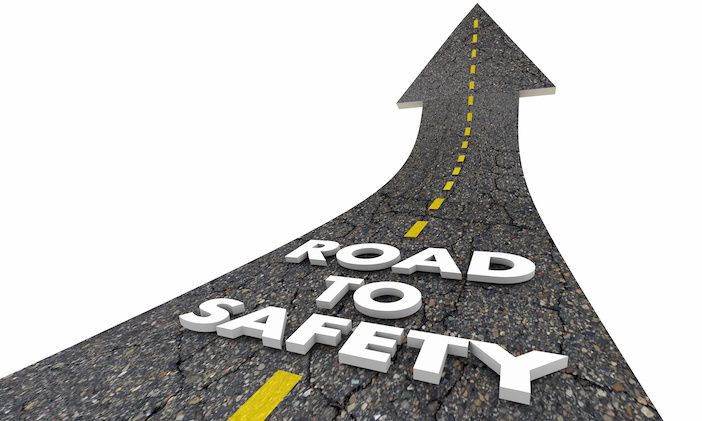
Looking to safer future roads
We have the ability to significantly to reduce impaired and/or reckless driving to some degree. In recent years, traffic deaths in the United States have exceeded 40,000 persons each year. Many, many more are severely injured. If each death or accident with a severe injury affects 10 or more family members, relatives or close friends, we are taking about hundreds of thousands of people impacted each year. If we could reduce this number by even 25%, this would positively impact many thousands of lives in each and every State. Imagine what an impact this would have throughout the entire United States, throughout other countries. Shouldn’t more effort be made to improve on traffic safety?





